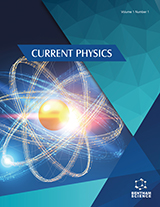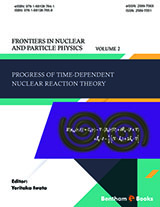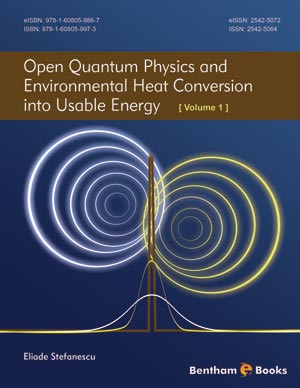Abstract
We compute the effect of perturbations of the type discussed in Section 3.1. Since the masses of all planets are small (compared to Sun’s mass), only first-order effects are considered.1 We also utilize yet another approximation, facilitated by the fact that the resulting changes (circulation, libration and nutation) of the orbital elements are substantially (several orders of magnitude) slower than the orbital periods of the perturbing planets. As a result, the time-dependent coefficients of the Q andWdo not affect the perturbed planet’s long-run behavior and can be dropped out of the corresponding differential equations. This is equivalent to replacing each perturbing force by its long-run average (computed by averaging over one period of each of the perturbing planets). The perturbing forces thus become effectively time-independent, implying that only the autonomous-case formulas will be required in this chapter. In general, one must be cautious when applying this approximation, and refrain from using it when any one of the perturbing forces is commensurable with the motion of the perturbed planet (meaning that the two periods are in a simple ratio, such as 2:5).













